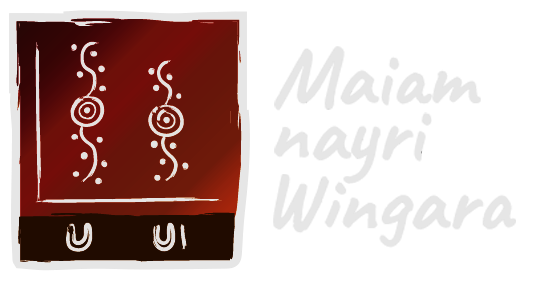History of INDIGENOUS DATA SOVEREIGNTY
The idea for Maiam nayri Wingara Indigenous Data Sovereignty Collective emerged from a meeting of researchers and practitioners at a workshop hosted by the Academy of the Social Sciences in Australia on Data Sovereignty for Indigenous Peoples in July 2015. The workshop considered the implications of the United Nations Declaration on the Rights of Indigenous Peoples (UNDRIP)[1] for the collection, ownership and application of data pertaining to indigenous peoples and what these might mean for indigenous peoples’ sovereignty.
An inaugural meeting on Indigenous Data Sovereignty was held at Canberra on 20th of June 2018 where the formation of Maiam nayri Wingara Indigneous Data Sovereignty Collective was accepted by the participants and the contents of the key principles was discussed.
Indigenous Data Sovereignty (IDS) and Indigenous Data Governance (IDG) are terms increasingly being used across community, research, policy and in practice. The IDS movement has emerged in response to poor data practices, from the conceptualisation of data items through to reporting of data about Indigenous peoples. This chapter aims to provide clarity concerning the definitions of IDS and IDG; provide an overview of the historical context in which IDS has emerged; and provide examples of IDS and IDG across the spectrum of community, policy and practice.
Indigenous peoples have always been data collectors and protectors. Indigenous groups across the world have increasingly become engaged in the data space in response to historical practice and to guide good practice going forward. This has included the establishment of country specific networks including the US Indigenous Data Sovereignty Network (USIDSN) to support IDS through data-driven research, policy advocacy, and education. The New Zealand-based Te Mana Raraunga - Māori Data Sovereignty Network, was formed in 2015[2] and argues that data that are collected about Indigenous people should be subjected to the laws of the nation from which it is collected, including tribal nations. The First Nations Information Governance Centre advocates for and coordinates Indigenous data governance efforts for First Nations in Canada; the Maiam nayri Wingara Aboriginal and Torres Strait Islander Data Sovereignty Group in Australia was formed in early 2017[3] to develop Aboriginal and Torres Strait Islander data sovereignty principles and to identify Aboriginal and Torres Strait Islander strategic data assets. The intent of these groups is to advocate for rights (informed by UNDRIP) using data to inform development.
